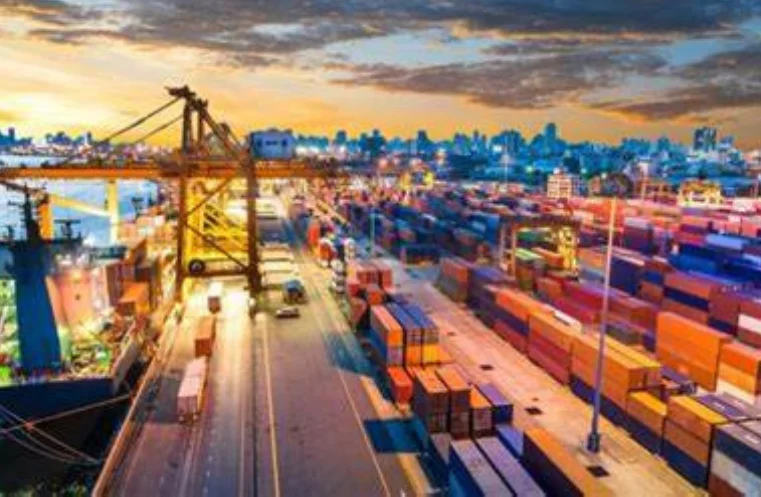Pakistan’s ambitious export target of $60 billion by 2027 faces a significant setback due to a sharp rise in gas prices for local industries, the Pakistan Business Council (PBC) stated.
The new gas pricing scheme, which has seen rates soar to $15 per MMBTU, is more than double the rate that Bangladesh charges its captive power plants.
This substantial increase, which follows a recent hike in gas tariffs and the imposition of new levies, will see the price jump from Rs. 2,400 per MMBTU ($8.8) in November 2023 to Rs. 4,200 per MMBTU ($15) once fully implemented.
PBC warned that the total cost could even surpass the global price of regasified liquefied natural gas (RLNG), making it even more challenging for Pakistani industries to compete internationally.
Already burdened by some of the highest electricity tariffs in the region—17 cents per kWh, compared to 6 to 8 cents in India and Vietnam and 9 to 10 cents in Bangladesh—Pakistan’s industrial sector is now under even more pressure.
Read More:
Government Secures Rs. 452 Billion Through T-Bills Sale
Over half of the nation’s exports are produced by industries relying on gas-powered captive power plants. With such a high dependence on this energy source, manufacturing has become one of the least attractive sectors for both investment and growth in Pakistan.
The PBC expressed concerns that the government’s target for export growth will remain out of reach due to this dramatic price increase. Moreover, the higher cost of gas will harm the domestic market, as businesses face greater challenges in remaining competitive and reducing reliance on imports. This situation is made worse by the global trade shifts, with the U.S. imposing tariffs on Chinese imports. As Pakistan’s competitors benefit from this shift, the country’s manufacturing sector will likely miss out on the opportunity to capture diverted orders.
This move also risks undermining the goal of transitioning industries to the national grid. While some companies may struggle to gain access to grid power within the stipulated timeframe, others will face the financial burden of upgrading their systems to meet grid requirements, potentially losing their previous investments in captive power units. In turn, industries will likely seek alternative energy sources, such as solar power, which will only increase the outflow of foreign exchange for equipment.
For gas companies like SSGC and SNGPL, the transition from captive power plants to the grid could result in the loss of their most reliable and high-paying customers. This loss could create a deficit that would need to be compensated either by the government or by raising gas tariffs for domestic consumers, a politically difficult decision. Ultimately, the primary goal of boosting exports may be compromised, and PBC urged the government to carefully reconsider the broader economic impacts of this move.



